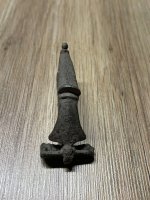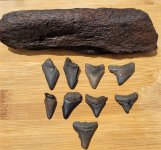Gold rush: California's weekend warriors discover prospecting
Gold rush: California's weekend warriors discover prospecting | Fox News
Gold rush: California's weekend warriors discover prospecting | Fox News
Amazon Forum Fav 👍
Upvote
0






